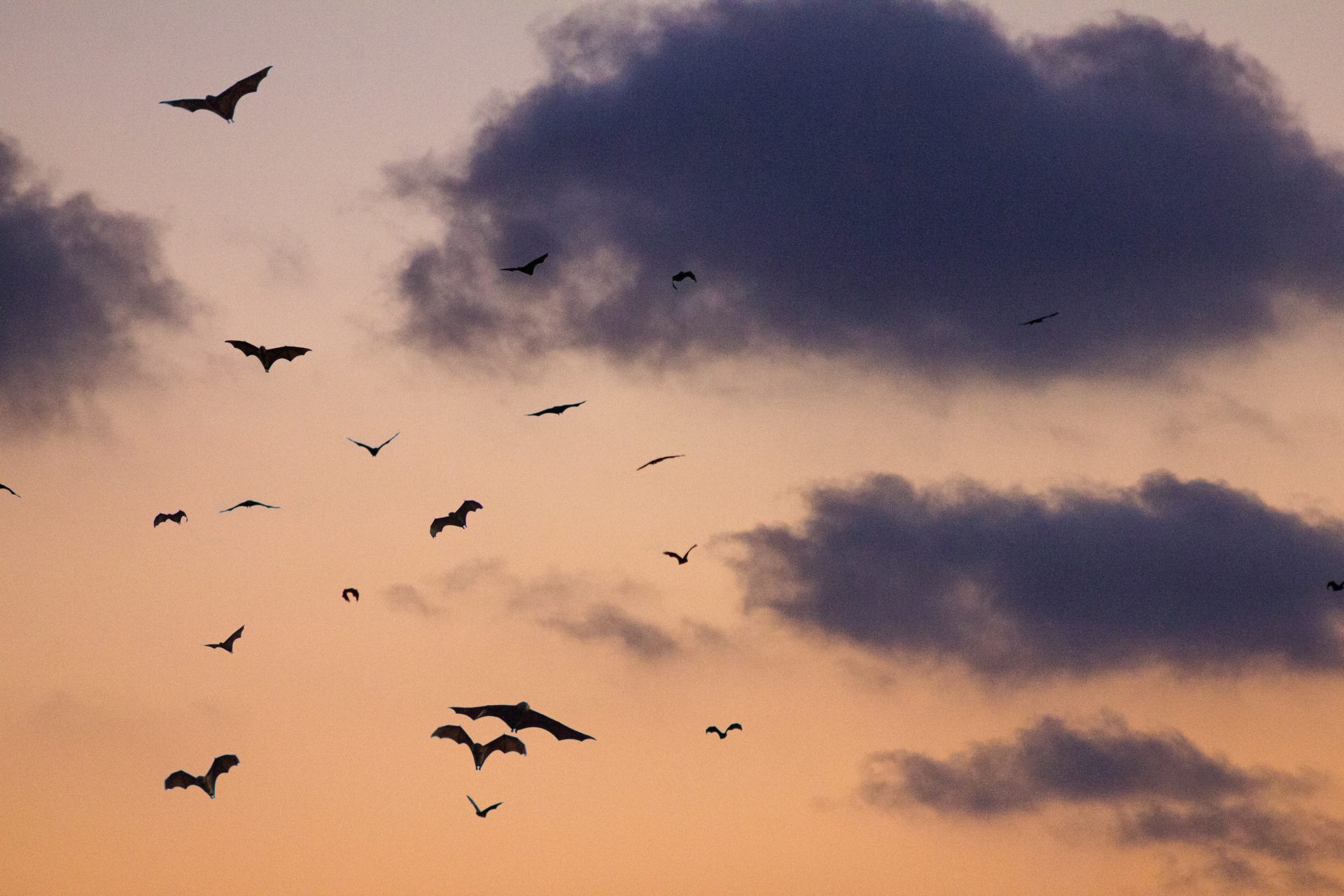World Wildlife Day 2020: Sustaining All Life on Earth
Written by Marian Starkey | Published: March 3, 2020
More than a billion animals died in Australia’s bushfires over the past few months. Animals including koalas, kangaroos, and wallabies—cute, furry marsupials that the world adores. The public outpouring of support to rehabilitate the injured animals that survived the fires has been inspiring. Extrapolating on my own experience, the grief that people felt in response to seeing footage of the dead and wounded animals is what prompted them to send donations to the various animal rescue operations in Australia. But why does it take a megafire and the death of half a country’s animals to wake us up to the plight of wildlife? Why do we knit mittens for koalas at the same time that we destroy the habitats of critically endangered rhinos, gorillas, and orangutans?
The theme of this year’s World Wildlife Day is “Sustaining All Life on Earth.” Humans have a bad habit of believing—or at least acting as though—the planet is for us alone, but we’re only one part of the ecological puzzle. And while we’ve made life on this planet a lot more comfortable for ourselves over the millennia, it’s impossible to point to a single way we’ve made life more comfortable for any other species (excluding domesticated cats and dogs, and even many of them suffer at the hands of humans).
Meanwhile, there are countless wild species that sustain human life, from the bees that pollinate our crops to the fish that provide over half the world’s population with 15% of their animal protein. We take and take and rarely give anything back. And when we do try to improve the lot of a species or a population of animals, we are doing so from inside the grave we’ve already dug for them.
Humans are solely responsible for the current mass extinction—the sixth in history that the world has experienced. We’re killing off species 1,000 – 10,000 times faster than the natural extinction rate. Up to a million species are currently threatened with extinction—many within decades, according to an intergovernmental group of experts. And we’ve caused a 60% decline in wildlife populations since 1970, through habitat loss and degradation, overfishing, and overhunting.
Guess what’s also happened since 1970? We’ve added more than 4 billion people to the human population. In 1970, there were 3.7 billion people on the planet. Today there are 7.8 billion.
E.O. Wilson believes we should set aside half of the earth for nature. You can read about his dedication to preventing ecological collapse and lessening human population challenges in a special issue of our magazine from last year, dedicated to Prof. Wilson’s life and work. When I interviewed him last spring, he said, “I think the epicenter of all of our problems in the environment is runaway population growth.”
We think so too.

